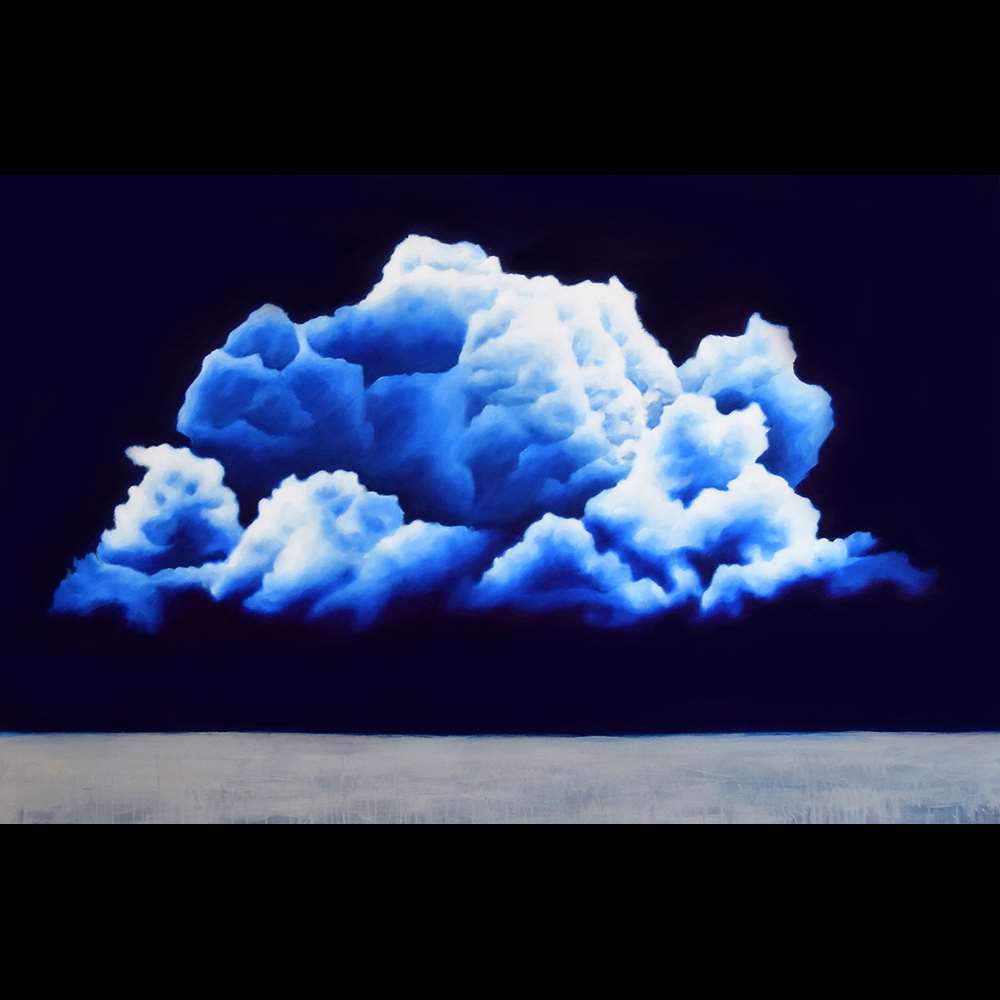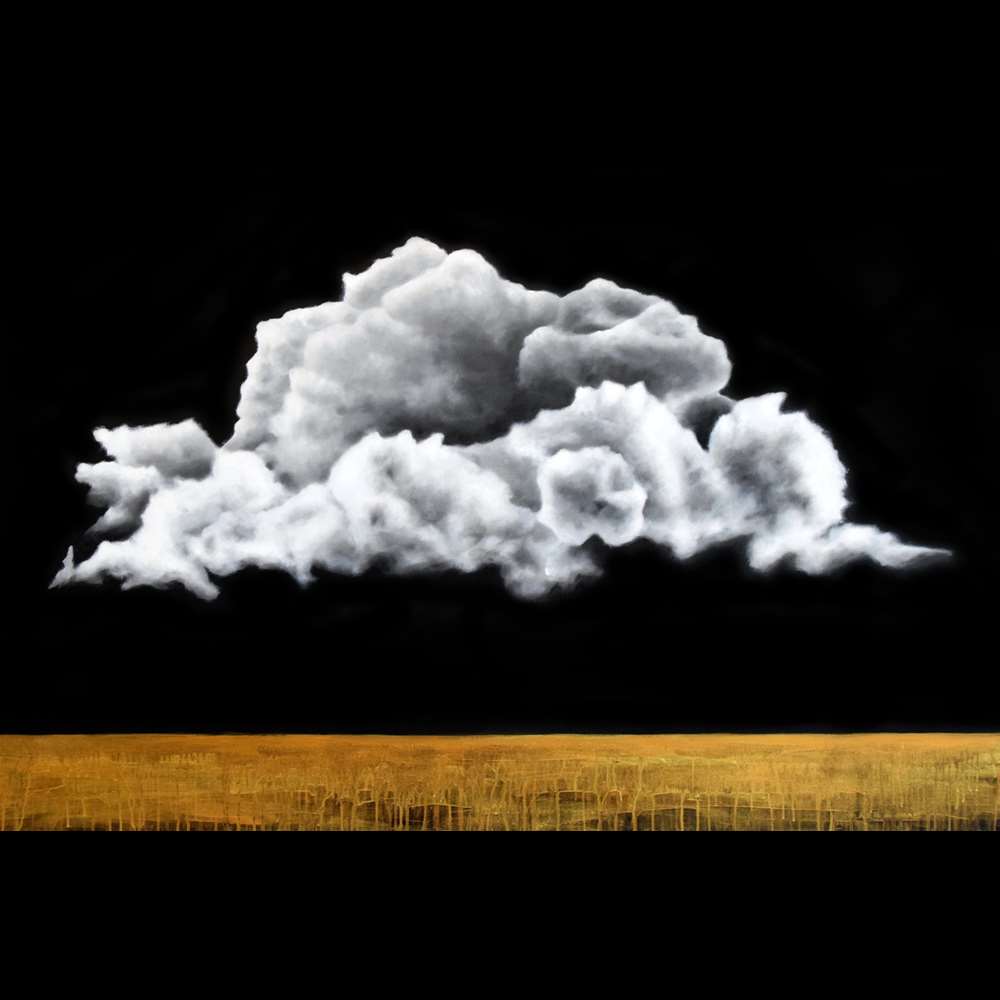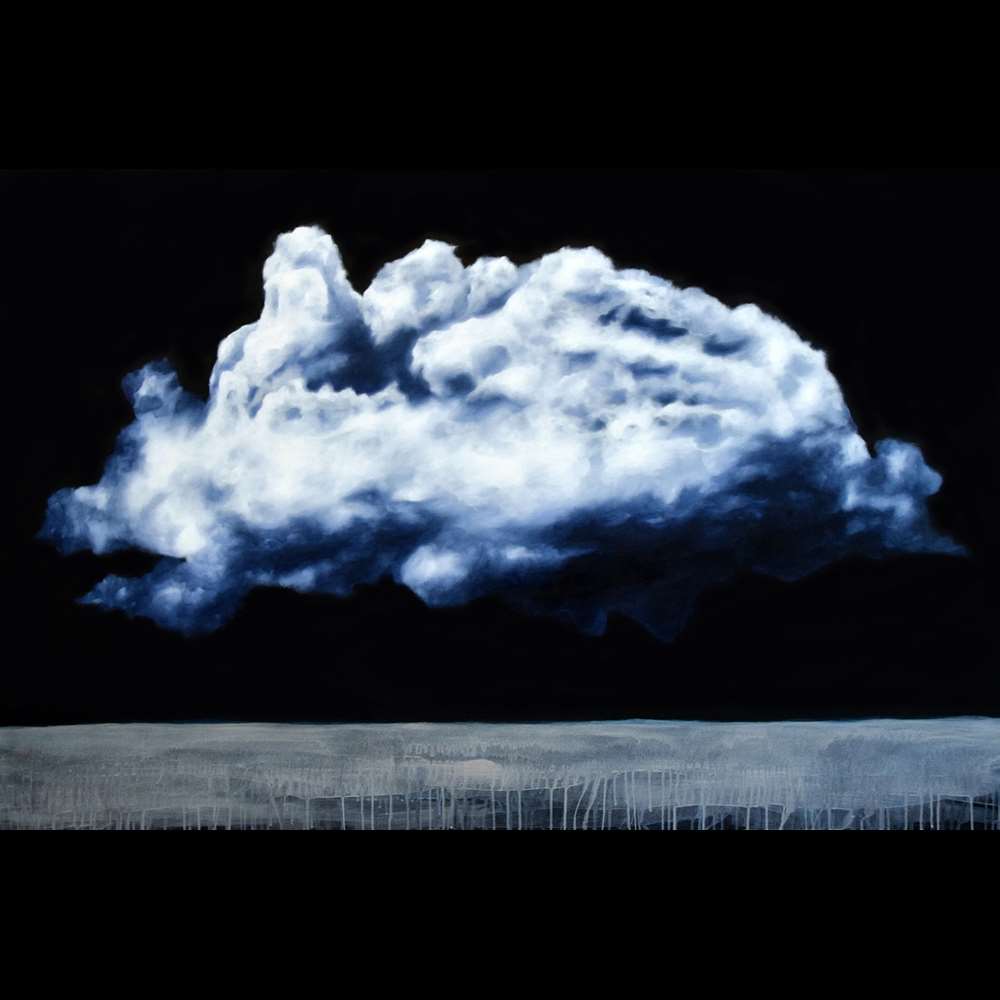My artistic research is characterized by being centered on themes linked to impermanence, memory and distance through the pictorial elaboration, both of elements taken from nature captured in their symbolic dimension, and of dreamlike landscapes surrounded by the silence of metaphysical atmospheres. All this is manifested in the presence of light represented in images that depict clouds, nebulae or forests, or even concretized in the pictorial material made of light, which in its varied declinations becomes a central element for the composition of the work. The change in nature with the consequent contemplation of these transformations is a concept that interests me in depth because I believe that understanding the state of interconnection between all the elements that make up our life can nourish our thinking towards broader horizons.
There are many and very different from each other, some were fundamental for their works, others instead for the thought that was at the basis of their artistic production. A short list could be: Piero della Francesca, Caspar Friedrich, William Turner, the Pre-Raphaelites, Antoni Tàpies. Some proposals from the American Color Field, but also Far Eastern art and Arab art.
I couldn't define myself because the definition leads me to think of a closed or defined concept, while I believe that the artist and art and in general have to do with openness and dynamism.
In your vision, where is contemporary art going and where would you like it to go?
I believe that we are witnessing a moment of great change in contemporary art, the systems of legitimation and circulation of works that were valid until a few years ago are now obsolete. For decades there have been no paradigms or currents that can give a structure to artistic thought. This opens the artistic field to great freedom, where the artist can actually deeply question himself and carry out intellectually honest research, creating new methods and paths to circulate his work, without prejudice or labels. I consider that the current moment is propitious to exercise true creative freedom and bet on still unusual paths, this is because the lack of valid marked paths opens the door towards experimentation and the honest deepening of one's own thought.
The Argentinian artist Ernesto Morales was born in 1974 in Montevideo, Uruguay, and began his career in Buenos Aires where he lived until 2006 and then moved to Europe. After a first period in Paris he established his studio in Italy, initially in Rome and from 2011 in Turin.
His artistic career has led him in the last twenty years to carry out exhibitions in museums and art galleries in many countries, including the United States, Italy, France, Germany, Spain, Hungary, China, Singapore, Malaysia, Thailand, Argentina. , Brazil, Mexico and Uruguay. He has participated in numerous international fairs and between 2009 and 2015 he institutionally represented the Governments of Italy, Argentina and Uruguay with a series of important personal exhibitions held in various museums.
In 2019 his retrospective “Mindscapes” was set up in New York at the Consulate General of the Argentine Republic.
In recent years, many monographic volumes have been published dedicated to his work, including: “Memoria dell’permanenza” (Cuneo – New York, 2019), “Il Tempo della Distance” (Genoa, 2010), “The invisible bridges” ( Singapore, 2014), “Traces of memory” (New York, 2015), “The day as the night” (Turin, 2015), “Distance” (Milan, 2016), “Aurum” (Milan, 2017), “Mari migrants “(Rapallo, 2012).
Education: During the training period in Buenos Aires, in 1999 he obtained the title of Professor of Fine Arts and in 2005 he obtained a Doctorate in Visual Arts from the Universidad de Bellas Artes. From 1999 to 2006 he taught Painting and History of Art at the Universidad de Buenos Aires and held the position of Director of the Academia de Bellas Artes de Buenos Aires.
The artistic research of Ernesto Morales is characterized by a strong commitment aimed at investigating issues related to impermanence, memory and distance through the pictorial elaboration of both elements drawn from nature captured in their symbolic dimension, and dreamlike urban landscapes enveloped by silence of metaphysical atmospheres.




